Medieval Warfare picks up where its sister magazine, Ancient Warfare, leaves off. Starting around 500 AD, Medieval Warfare examines the world during the Middle Ages up through the early years of the Renaissance (the magazine generally leaves off in the 16th century). While popular topics such as the Crusades and the Vikings are given regular coverage, Medieval Warfare also tackles more complex and obscure topics, ranging from the Umayyad Caliphate versus the Byzantine Empire to horse trading in 14th-century England.
Medieval World Culture & Conflict Magazine
Editorial
Sunken medieval warship continues to offer up its secrets
The face of a Chinese emperor
Medieval coin hoard sells for £325,560
ON THE COVER
462 medieval manuscripts to be digitized
Ponte Vecchio in Florence to be restored
Early medieval money mystery solved
Medieval child discovered buried with an egg
Rare gold ring found
THE GAME OF KINGS • According to the Persian epic Shahnama or Book of Kings, written at the turn of the first millennium, the game of chess was first devised to demonstrate a bat- tle between two Indian princes. One of them, Talhand, had died in the fight. His brother Gav then created the first chessboard to demonstrate to their grieving mother that Talhand died of exhaustion, not by his fraternal hand. While this is probably just a legend- ary account, there is certainly some truth at the heart of it. Chess was devised as a game of war in which two armies, distinguished by colour, compete with each other according to a fixed set of rules.
The Lewis Chessmen
ARMOUR & FASHION • Although armour was primarily designed to pro- tect the wearer, fashion always played a part. The knight was part of a social elite, and it was impor- tant that his armour be up-to-date and well-deco- rated. Just as with modern cars, armour revealed a lot about the wealth and position of the owner.
THE ALBIGENSIAN CRUSADE, 1209-1215 • The general idea of the medieval crusades nowadays is twofold. On the one hand, the image of knights and laity who took the cross out of religious zeal and spirit- ual conviction persists. On the other hand, one cannot deny the horror wrought by the Crusaders during the various slaughters in the Middle East and the so-called Holy Land. However, not all crusades that enjoyed pa- pal endorsement had Jerusalem as a goal. There were crusades in Europe, as well, during the Middle Ages.
MEDIEVAL FESTIVALS • The festivals of the Middle Ages straddled sacred and secular contexts, and had various cultural, social, and commercial facets. They also had widespread appeal and attracted interest from all strata of society, fostering community and leisure. The working class cherished these festive occasions as a break from their toils, while the nobility relished the access to exotic goods and luxuries that were otherwise hard to come by. Medieval festivals had something for everyone, featuring a variety of foods, activities, markets, and skilled professionals who entertained the masses.
Drinking at medieval festivals
MIDWINTER MADNESS • In the Middle Ages, the celebrations at the turn of the year were not confined to Christmas. For almost six weeks — from the start of the season of Advent, on- ward through Christmas, to the dawning of January, and even as far as the feast of Epiphany (6 January) — there was nearly a non-stop sequence of holiday festivities.
WILD DAYS IN CAIRO • The Persian New Year festival of Nowruz has been celebrated for over 3,000 years. Derived from the words New (Now) and Day (Ruz), the festival took place at the spring equinox, in or around March 21. While its roots are to be found in the religion of Zoro- astrianism, the festival evolved into a secular holiday marking the beginning of spring.
Feast of the...
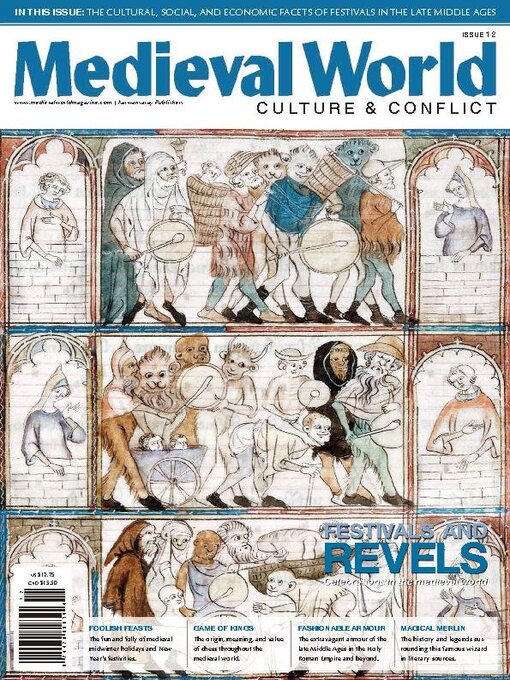
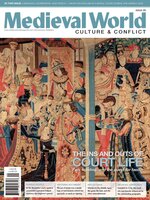 Issue 20 - 2025
Issue 20 - 2025
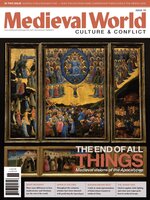 Issue 19 - 2025
Issue 19 - 2025
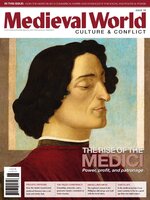 Issue 18 - 2025
Issue 18 - 2025
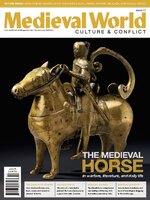 Issue 17 - 2025
Issue 17 - 2025
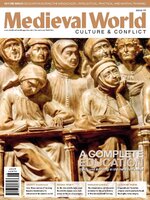 Issue 16 - 2025
Issue 16 - 2025
 Issue 15 - 2024
Issue 15 - 2024
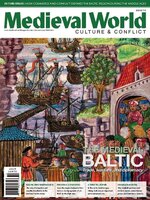 Issue 14 - 2024
Issue 14 - 2024
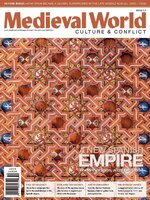 Issue 13 - 2024
Issue 13 - 2024
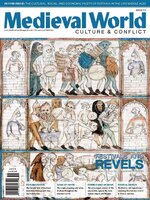 Issue 12 - 2024
Issue 12 - 2024
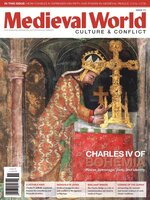 Issue 11 - 2024
Issue 11 - 2024
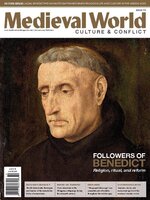 Issue 10 - 2024
Issue 10 - 2024
 Issue 9 - 2023
Issue 9 - 2023
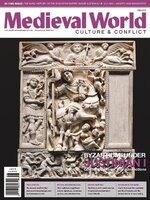 Issue 8 - 2023
Issue 8 - 2023
 Issue 7 - 2023
Issue 7 - 2023
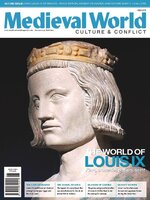 Issue 6 - 2023
Issue 6 - 2023
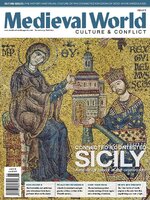 Issue 5 - 2023
Issue 5 - 2023
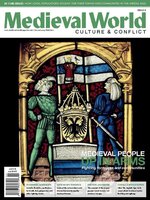 Issue 4 - 2022
Issue 4 - 2022